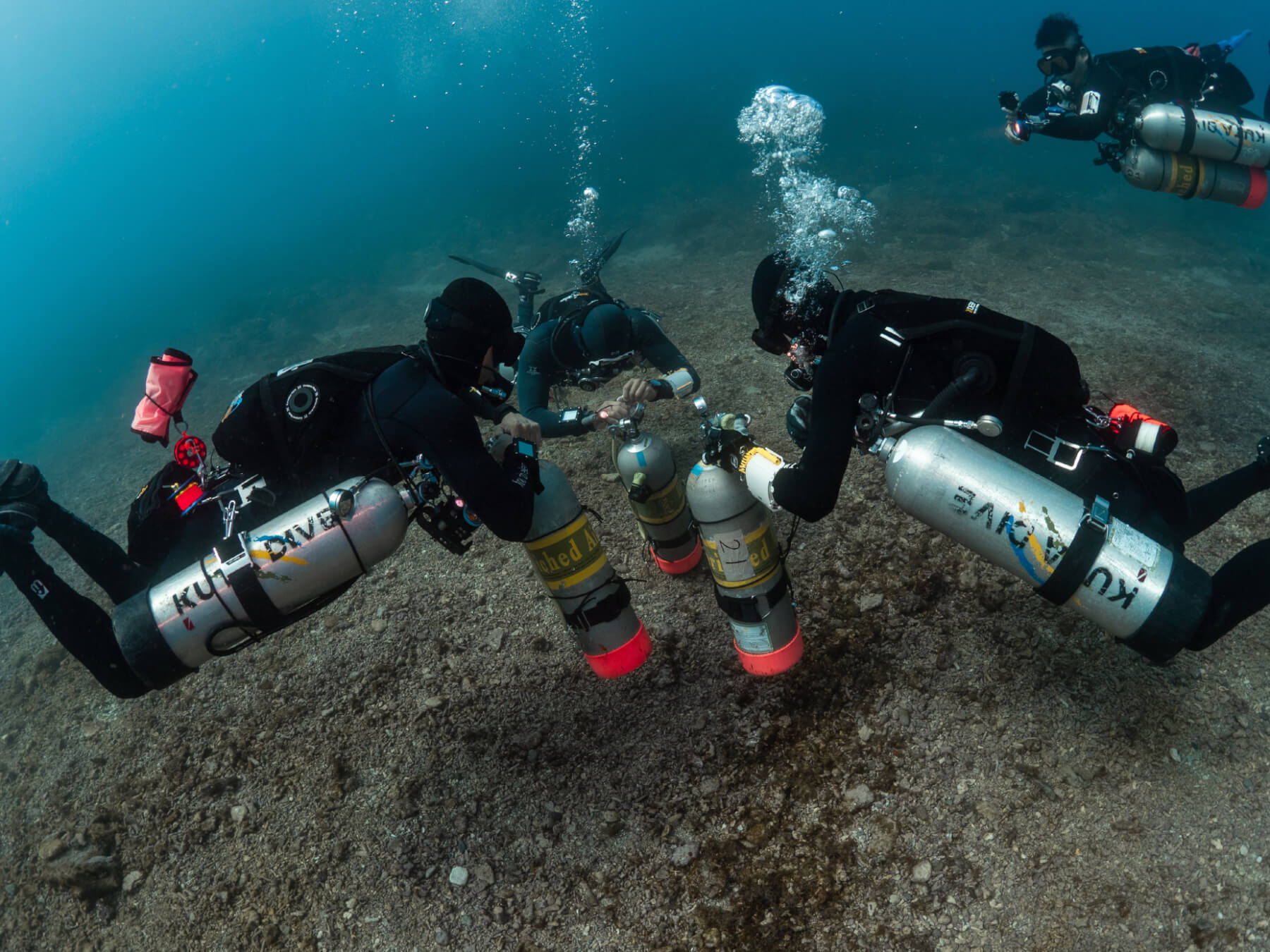

Sidemount diving originated in the 1960s in the UK,
when cave explorers developed a method of attaching cylinders
to the sides of their bodies for cave exploration.
They discovered that sidemounting cylinders allowed
for more flexible and efficient cylinder management,
while also helping divers maintain better streamlining (trim) during the dive.
In open water, sidemount diving initially gained popularity among technical and wreck divers,
as it allowed them to carry more cylinders for extended decompression dives.
Compared to back-mounted twin cylinders,
sidemount diving is particularly friendly for smaller-framed divers
or those who find it challenging to walk while carrying two cylinders simultaneously.
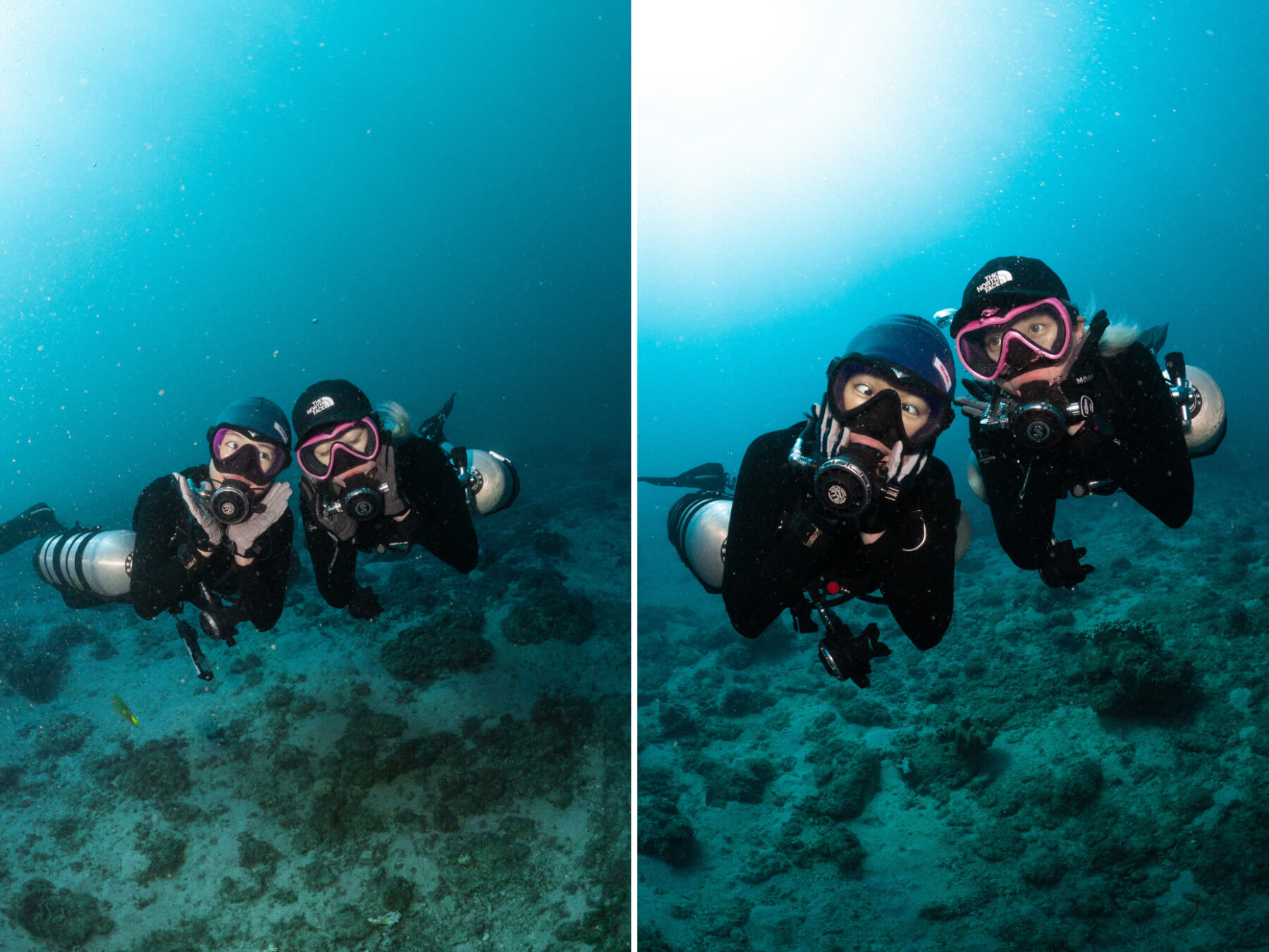
Nowadays,
it’s becoming increasingly common to see divers using sidemount cylinders
in recreational diving activities.
Depending on the dive plan, you can choose to use one or two cylinders,
opening up more possibilities for dive sites and underwater exploration.
Many recreational divers also use sidemount diving
as a way to prepare for future cave diving and decompression diving.
Start learning the basics of sidemount diving now,
practice essential techniques,
and build extensive hands-on experience with sidemount diving!
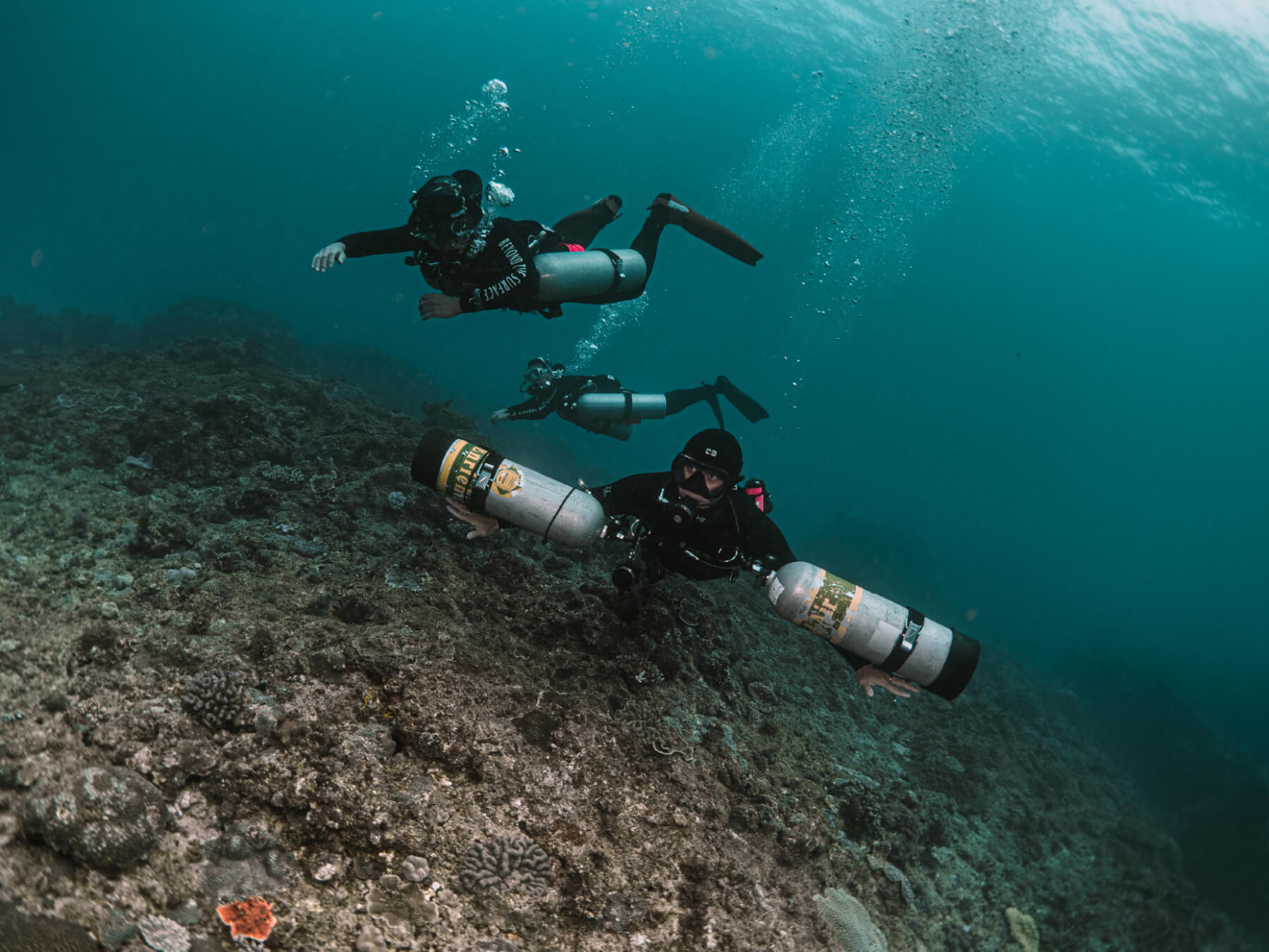
Those who are highly interested in trying cave diving.
Those who are eager to explore wreck diving or decompression diving.
Those who want to improve their underwater streamlining.
Those who feel bored with their current diving style.
Those with larger lung capacity and faster air consumption rates.
Those confident in their diving skills and looking for a greater challenge.
All divers are welcome to explore a different underwater experience with sidemount equipment!
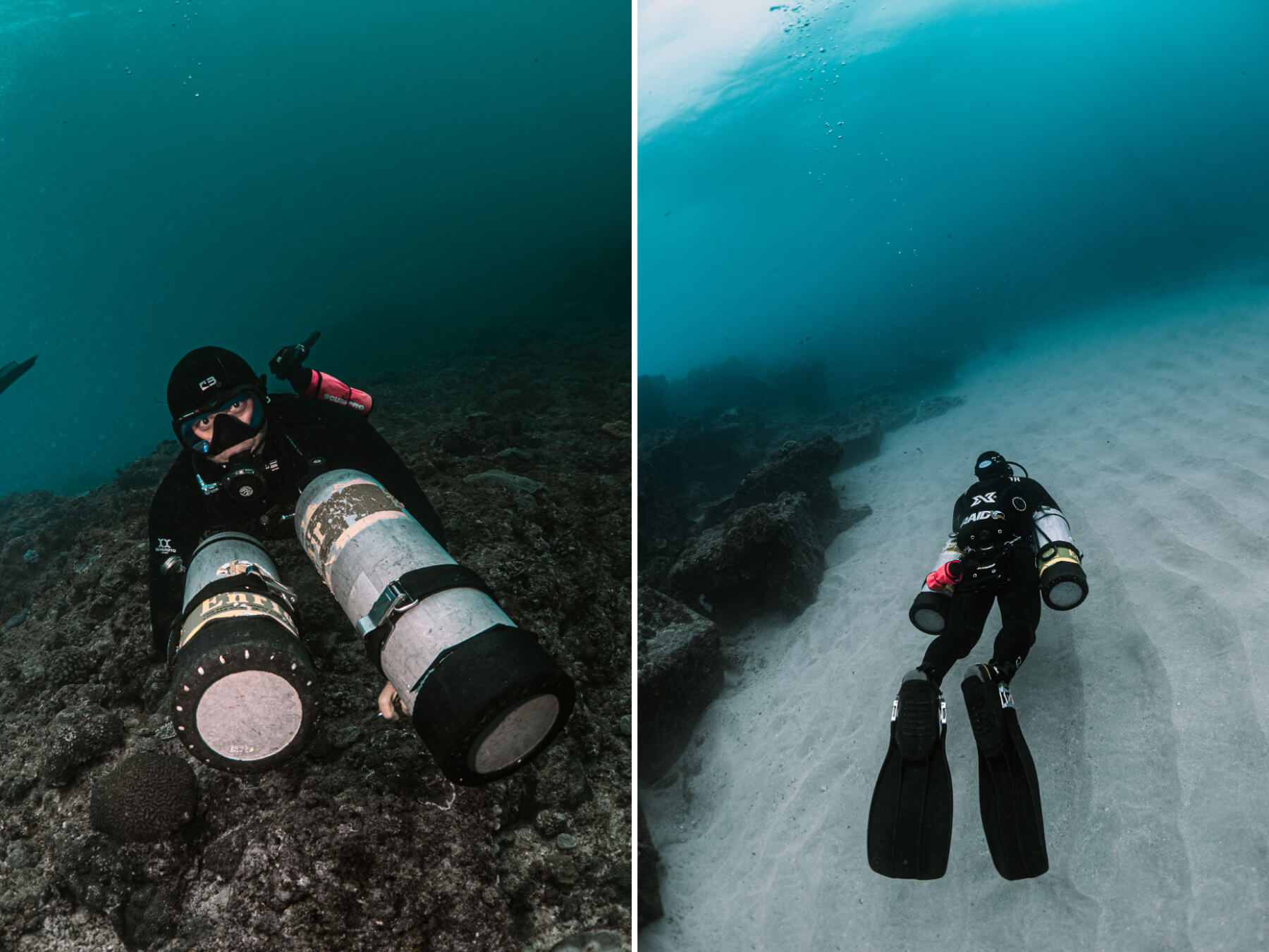
| Minimum age requirement | 16 years old (Parental or guardian signature required if under 18) |
| Maximum age limit | None |
| Diving experience | Must hold an SSI Open Water Diver, EAN, or Deep Diver certification, or an equivalent certification from another system Must have logged at least 30 dives |
Before participating in diving activities, a health declaration form must be completed.
As long as you meet the conditions listed in the form and are physically and mentally healthy, you can join the activity.
If any items on the form are marked "yes," consult your physician, and with their approval, you can participate in the activity!
| Sidemount Diving Knowledge Development | Introduction to sidemount diving Sidemount as a configuration option Sidemount diving setups Sidemount diving equipment Setting up sidemount gear |
| Practical Skills | Adjusting sidemount diving equipment Deploying sidemount cylinders Basic sidemount diving techniques Proper fin-kicking techniques (forward, turning, backward) Achieving optimal body streamlining (TRIM) |
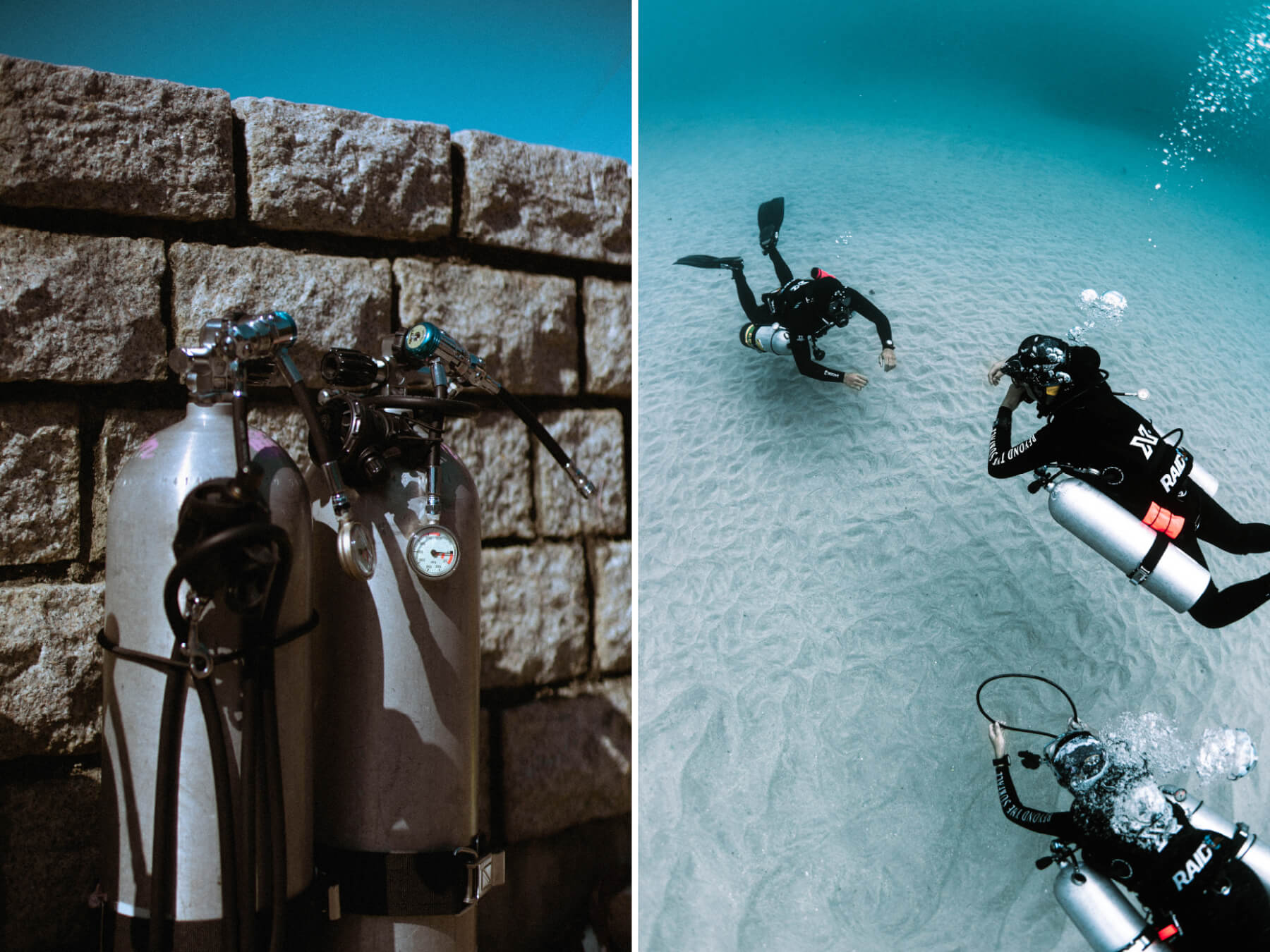
| Course Fee | NT18,800 per person |
| Fee Includes | Use of full diving equipment during the course Pool entry fee Five open water training sessions Water insurance fees Online course materials International certification processing fees |
| Course Location | Hengchun Peninsula |
| Course Schedule | No fixed start dates You can message us to arrange a date that works for you |
| Course Duration | At least 15 hours, recommended to be completed over three days. |
Students can enjoy special discounts at BTS B&B during the course.
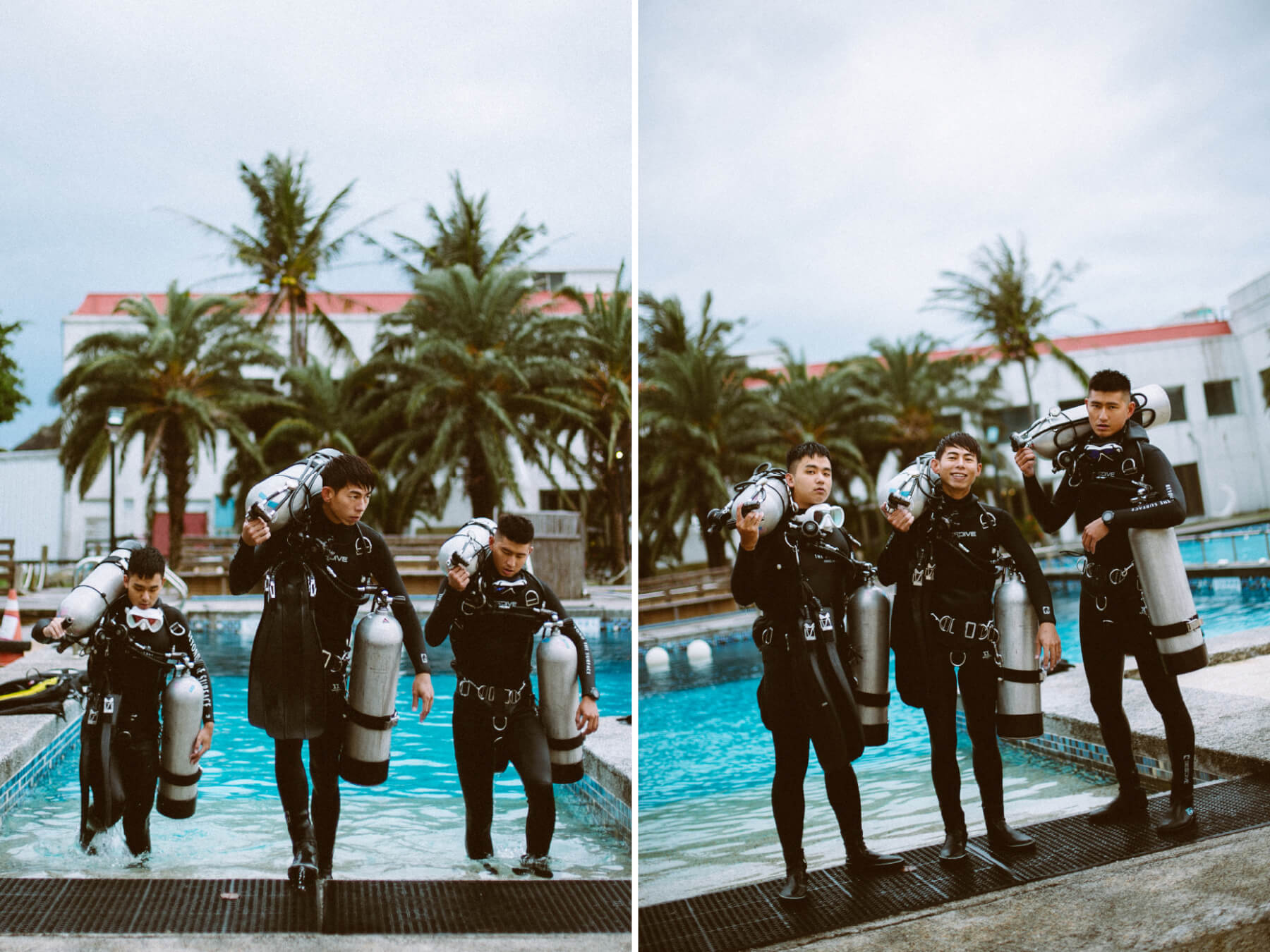
| Day ❶ | |
| 07:30-08:00 | Filling out basic documents |
| 08:10-09:40 | Equipment adjustment |
| 10:10-12:00 | Knowledge development |
| 12:00-13:30 | Lunch break |
| 13:30-17:00 | Confined water training |
| Day ❷ | |
| 07:30-08:30 | Preparation |
| 09:10-10:20 | Open water training (Session 1) |
| 10:50-12:00 | Open water training (Session 2) |
| 12:00-13:30 | Lunch break |
| 13:30-16:00 | Skills review |
| 16:00-17:00 | Written exam |
| Day ❸ | |
| 07:30-08:30 | Preparation |
| 09:10-10:20 | Open water training (Session 3) |
| 10:50-12:00 | Open water training (Session 4) |
| 12:00-14:30 | Lunch break |
| 14:30-17:00 | Dive log and certification processing |
The schedule and timings are for reference only and may be adjusted flexibly due to weather or other factors.